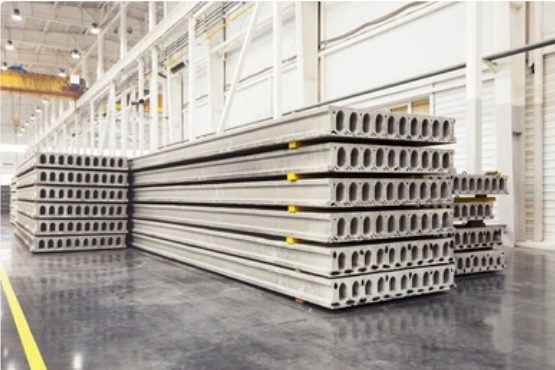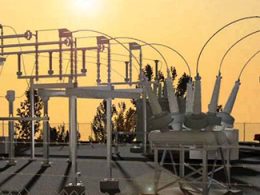Introduction
In the fast-evolving construction industry, precision and planning play a pivotal role in delivering successful, long-lasting structures. One of the cornerstones of modern building techniques is the use of precast concrete components. Behind the seamless integration of these components lies an intricate process—precast detailing—that ensures structural integrity, cost efficiency, and aesthetic excellence.
Mastering precast panel detailing is not just about drawing lines and shapes. It’s a craft that requires deep technical expertise, coordination with various disciplines, and the ability to foresee how every component interacts within the broader structure.
Understanding Precast Detailing
Precast detailing refers to the preparation of detailed plans and models that guide the manufacturing and installation of precast concrete elements. These elements could be walls, slabs, beams, columns, stairs, or façade panels. Every dimension, embed, lifting point, and joint is meticulously defined in the precast concrete detail.
The goal is simple—transform architectural intent and engineering calculations into accurate shop drawings that manufacturers can follow without confusion. This not only reduces waste but also speeds up construction timelines by ensuring that everything fits right the first time.
Benefits of Mastering Precast Detailing
When you master precast detailing, the results speak for themselves:
- Faster construction times with fewer errors.
- Reduced material waste and lower costs.
- Higher quality buildings with better durability.
- Improved safety on-site.
- Smoother project management and coordination.
The Role of a Skilled Precast Detailer
A precast detailer serves as the link between the design team and the production floor. Their job involves interpreting architectural and structural plans and converting them into fabrication-ready documentation. They also ensure that precast elements align with reinforcement layouts, connection hardware, and installation methods.
More importantly, a detailer must collaborate with multiple teams—engineers, architects, contractors, and manufacturers—to ensure consistency and eliminate potential clashes. In this way, a precast detailer is part artist, part engineer, and part coordinator.
Why Accuracy in Precast Panel Detailing Matters
Errors in precast detailing can have serious consequences. A misaligned anchor or poorly placed lifting hook can delay installation, compromise safety, or even require re-casting of components. With accurate precast panel detailing, you gain:
- Efficient Manufacturing: Clearly defined instructions reduce rework and speed up factory processes.
- Streamlined Installation: Accurate embeds and joints make field installation faster and more reliable.
- Cost Control: Less waste, fewer delays, and minimal site modifications help keep the budget intact.
- Safety Compliance: Correct reinforcement and handling details ensure structural performance and worker safety.
BIM Services: Enhancing the Detailing Process
The use of BIM services has revolutionised the way precast detailing is performed. By working in a 3D, data-rich environment, teams can visualise every aspect of the construction project before breaking ground. This leads to:
- Early clash detection between structural elements
- Better collaboration among project stakeholders
- Faster design revisions and updates
- Improved accuracy in quantity take-offs
- A more integrated construction workflow
BIM services are now essential for large-scale projects where precision and coordination are critical. When combined with skilled precast detailing, BIM allows for a smoother transition from design to execution.
Key Elements of Quality Precast Concrete Detail
To ensure perfection from plan to construction, a quality precast concrete detail must include:
- Complete dimensional data and tolerances
- Accurate reinforcement layouts
- Insert and embed locations
- Handling and lifting instructions
- Joint and connection specifications
- Surface finish requirements
Each of these elements must also align with building codes, client specifications, and the practicalities of on-site conditions. A missing detail can lead to confusion, delay, or structural risk.
Challenges in Precast Detailing (and How to Overcome Them)
Precast detailing isn’t without its challenges. Complex architectural designs, coordination with other trades, and evolving client requirements can complicate the detailing process. Some common hurdles include:
- Miscommunication between teams
- Incomplete design inputs
- Changes in scope during the detailing phase
- Software compatibility issues
To overcome these, it’s crucial to involve the precast detailer early in the design process. Establishing workflows that include real-time collaboration, version control, and open communication across disciplines can eliminate many of these bottlenecks.
The Future of Precast Detailing
As the construction industry continues to embrace digitisation, the future of precast detailing will be even more integrated and intelligent. We can expect:
- More widespread use of cloud-based BIM platforms
- Automated clash detection and correction
- AI-assisted detailing for faster turnaround times
- Better visualisation tools for stakeholder approvals
With these tools, the role of the precast detailer will continue to evolve, becoming more strategic in nature.
Conclusion
Precast detailing is not just a technical step—it’s a vital part of building projects that stand the test of time. From manufacturing to installation, every phase of the construction process relies on the quality of the precast concrete detail. Whether you’re working with simple panels or intricate façade systems, accurate detailing, skilled professionals, and integrated BIM services can make the difference between costly setbacks and construction excellence.
By mastering the craft of precast detailing, the industry can move from plan to perfection—delivering buildings that are not just functional, but built to last.











